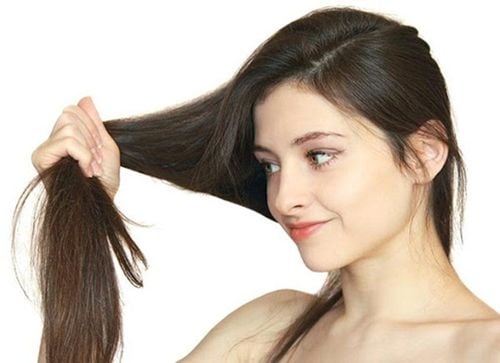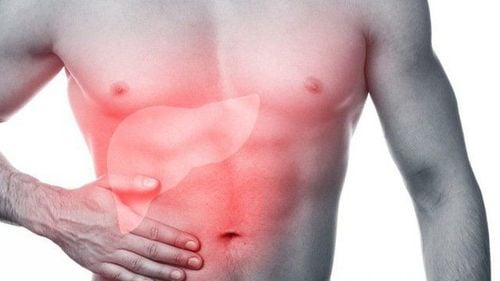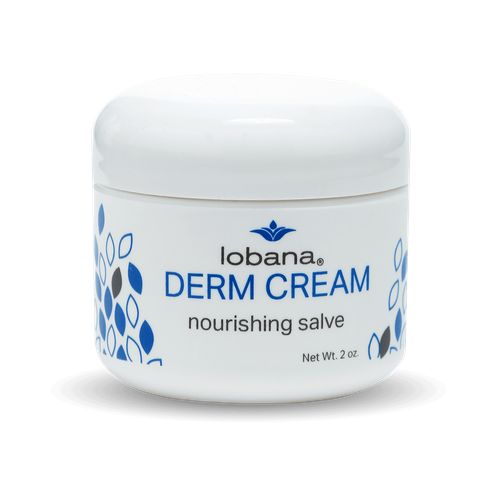This is an automatically translated article.
Acne is a common skin disease, affecting 85% of the population at any point in their lives. While there are different methods to help with acne, they often come with side effects such as irritation and dryness. So what to do with acne? You can consider the following 4 natural acne treatments that will help get rid of acne quickly.1. Dot acne with tea tree oil
Tea tree oil is extracted from the leaves of the tea tree native to Australia, which is known for its anti-bacterial and anti-inflammatory properties. Specifically, tea tree oil helps fight 2 types of bacteria that cause pimples: P. acnes and S. Epidermidis.In one study, a gel containing 5% tea tree oil was shown to be as effective in reducing acne as a lotion containing 5% benzoyl peroxide, a common acne compound. .
Treating acne with tea tree oil also results in less side effects such as dryness, irritation and burning. However, if you apply pure essential oils directly to your skin, it can still cause redness and irritation. Therefore, you should dilute tea tree oil with a carrier oil and test it on your skin before use.
How to treat acne with tea tree oil:
Mix 1 drop of tea tree oil with 1 teaspoon of carrier oil. Dip a cotton swab in the mixture and apply it directly to the pimple. Apply extra moisturizer after application (if desired). Repeat the above steps 1-2 times per day as needed.
2. Treat acne with other essential oils
In addition to tea tree oil, there are many other essential oils that have antibacterial and anti-inflammatory properties that can help clear up acne quickly. Several scientific studies show that cinnamon, rose, lavender, and clove essential oils fight acne-causing bacteria such as S. Epidermidis and P. acnes.Rosemary and lemongrass essential oils have also been shown to inhibit P. acnes. One study compared the acne-fighting powers of clove oil, basil, 10% benzoyl peroxide, and a placebo. Both 2% and 5% clove oils have been shown to be more effective at reducing acne breakouts than benzoyl peroxide.
Another study found that a gel containing acetic acid, orange, and sweet basil essential oils increased the healing rate of pimples by 75%. Like tea tree oil, these oils are very concentrated and can cause irritation if applied directly to the skin. Remember to dilute all essential oils with a carrier oil, do a skin patch test before regular use, and discontinue use if signs of irritation appear.
How to use essential oils to treat acne:
Mix 10 drops of essential oils with 30ml of carrier oil. Dip a cotton swab in the mixture and apply it directly to the pimple. Apply moisturizer to the skin if desired. Repeat the above steps 1-2 times per day as needed.

Tinh dầu hương thảo có tác dụng trị mụn
3. Apply green tea on the skin
Many people drink green tea for its health benefits, but green tea also has many benefits when applied directly to the skin. Green tea contains flavonoids and tannins, which are known to help fight inflammation and prevent bacteria that can cause pimples.Green tea is also high in the antioxidant epigallocatechin-3-gallate (EGCG), which has been shown to reduce sebum production, fight inflammation, and inhibit the growth of P. acnes in people with acne . Many studies also show that, when applying 2-3% green tea extract to the skin, people with acne will produce less sebum and significantly reduce acne breakouts.
MORE: Antioxidants in green tea: What you need to know
There are many skin care products on the market that contain green tea, but you can make this simple blend at home to save money. cost.
How to use green tea to treat acne:
Soak green tea in hot water for about 3-4 minutes. Let the tea cool. Use a cotton ball to apply water to your face or use a spray bottle to spray your face. Leave it on for 10 minutes or leave it overnight, then wash your face with water. Use 1-2 times daily, if needed. You can store green tea in the refrigerator for up to 2 weeks.
4. Moisturizing with aloe vera (aloe vera)
Aloe vera is a tropical plant whose leaves secrete a clear gel that, when applied to the skin, fights bacteria, reduces inflammation, and promotes wound healing. As a result, it's a popular treatment for many skin conditions, including psoriasis, rashes, cuts, and burns.Aloe vera contains lupeol, urea nitrogen, salicylic acid, cinnamic acid, phenol, and sulfur, all of which inhibit the bacteria that can cause pimples. Thus, the higher the aloe vera content in the lotion, the more effective it is to reduce acne.
Another study found that using 50% aloe vera gel with tretinoin cream (an acne medication derived from vitamin A) was significantly more effective at clearing acne than tretinoin cream alone. Although aloe vera gel can clear up acne on its own, it tends to be more effective when combined with other medications.
How to treat acne with aloe vera gel:
Use a spoon to scrape off the clear gel in the aloe leaf. Apply the gel to the skin after other acne treatments have been applied. Or you can mix it with other chemical treatments, then apply the mixture to your skin. Repeat the process 1-2 times per day or as desired. You can also buy bottled aloe vera gel online, but make sure to buy the right aloe vera that is pure and free of additives.

Nha đam có tác dụng dưỡng ẩm, trị mụn tốt
Dermatology Specialist - Vinmec International General Hospital always receives and treats skin diseases, in which the most common is acne. With a team of highly skilled doctors and quality cosmetics, we will best support customers in treating acne as well as limiting skin damage.
Please dial HOTLINE for more information or register for an appointment HERE. Download MyVinmec app to make appointments faster and to manage your bookings easily.
Reference source: healthline.com












